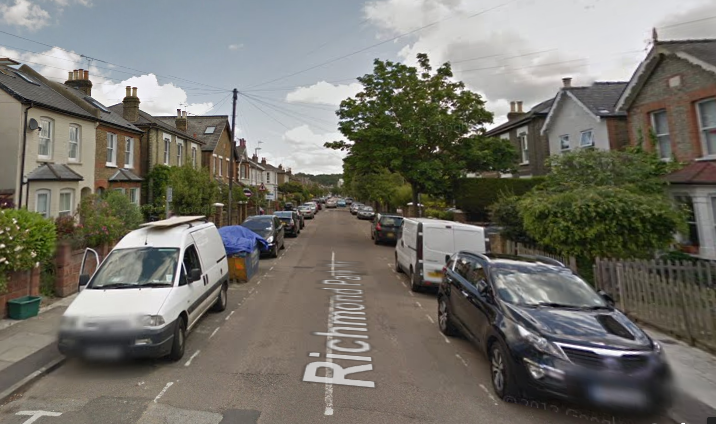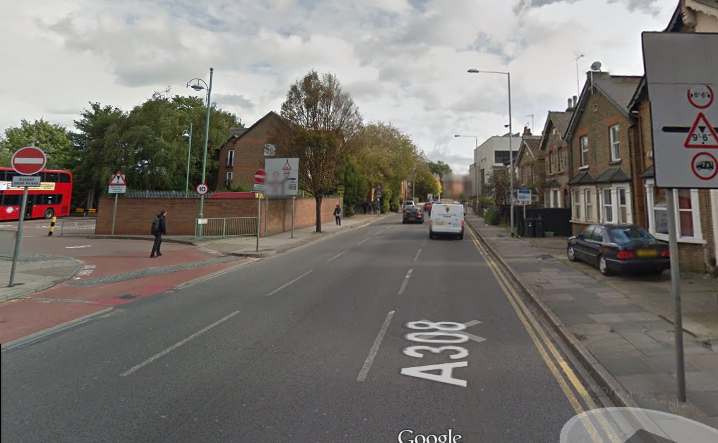Having gained the mini-Holland funding, it’s useful to take a step back and look at why Kingston should bother with cycling in the first place.
To set the scene, the borough of Kingston has the eponymous main town, surrounded by other towns like Surbiton and New Malden. While heavily residential, there is much green space with easy access to the Thames and both Bushey and Richmond parks.
Being suburban and heavily residential with a regional shopping destination, Kingston attracts road traffic. A lot of it. Main roads are often clogged with cars, while residential roads frequently have parking on both sides and rat-running traffic.

Surrounding Kingston town centre itself is the infamous one-way system. Looks OK below, but at rush hour this is three lanes of stop start traffic, charging at 35mph-40mph between traffic lights where achievable.

It’s noisy, dangerous and polluting. And it’s no fun to be stuck in, whether driving or cycling. Walking is especially unpleasant. Frankly, you would be mad to not drive your children to school if it was any distance. This pattern is repeated throughout the borough. It’s car-hell in rush hour and extremely intimidating to ride in. Bike infrastructure exists but it’s haphazard, ends abruptly and frequently involves sharing a pavement.
So there’s a huge opportunity here. Many of the trips undertaken in Kingston are short and the borough is relatively flat. In theory it’s ideal to ride, with many residential roads that should be quiet and main roads that could have full segregated cycling provision. The cycling plan deals with the main roads, but also needs to tackle the residential roads, making these vital feeder roads friendly for cycling.
Why the focus on cycling? It’s quiet. It’s non-polluting. It makes people fitter, healthier and slimmer. And it reinvigorates residential areas and towns as a space for people, rather than being in thrall to cars.
Getting children cycling to school sets them up for a healthy life with independence of travel. It’s an indicator of success. If Kingston can show that children are riding to their primary school, we know that the borough is being transformed as a place for people.
So success for Kingston’s mini-Holland is dependent on making this a sufficiently attractive option. That’s a big ask, but is possible. We would know whether it’s worked by looking at indicators such as:
- Are children riding to school, in favour of being driven?
- Is motor traffic flow down residential roads significantly decreased?
- Are a decreasing proportion of people cycling riding road or hybrid bikes?
- And it’ll take time, but are GPs seeing fewer patients with weight related illnesses?
These success measures are somewhat different to the objectives of the Borough’s vision (page 13 of the vision document); this is fine, but I do feel that the indicators above benefit from being straightforward to measure.
There’s a clear need for promoting cycling and reducing motor traffic; I’m looking forward to seeing the benefits.
I was trying to figure out if it’s Kingston in the UK or Kingston in Ontario, Canada.
LikeLike
Kingston upon Thames, in the UK.
The background is that the Mayor of London has given funding for certain boroughs to upgrade their cycle networks to Dutch standards – this blog is largely looking to make sure that this happens.
LikeLike
🙂 Thx for clarifying.
LikeLike